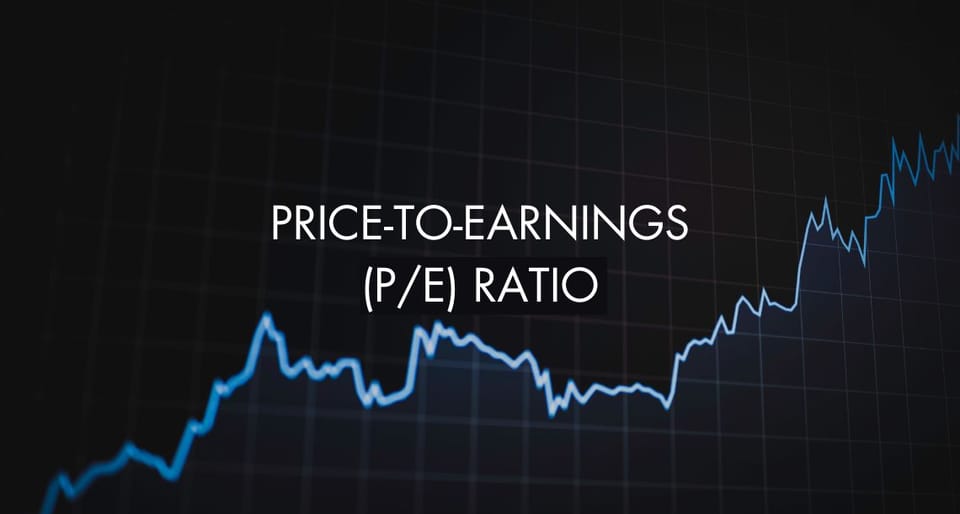Understanding Price-to-Earnings (P/E) Ratio: A Key Metric for Stock Valuation

The Price-to-Earnings (P/E) ratio is a critical metric used by investors to evaluate the valuation of a company's stock. It tells you what the market is willing to pay today for a stock based on its past or future earnings.
What is the P/E Ratio?
The P/E ratio is calculated by dividing the market value per share of the stock by its earnings per share (EPS). This ratio is used by investors to measure a company's current share price relative to its per-share earnings.
Types of P/E Ratios
- Trailing P/E: This is based on the last 12 months of earnings. It is the most common measure and is considered more accurate since it uses actual earnings.
- Forward P/E: This is calculated using forecasted earnings for the next fiscal year. It is more speculative but can help in assessing what the market expects in terms of future growth.
Why is the P/E Ratio Important in the Indian Stock Market?
- Valuation Tool: It helps in understanding whether a stock is overvalued, undervalued, or fairly priced compared to historical market trends and industry averages.
- Comparative Analysis: Investors use the P/E ratio to compare the financial valuation of companies within the same industry or sector, facilitating more informed investment decisions.
- Investment Strategy: A lower P/E might indicate a potentially undervalued stock, possibly a good buy in a bullish view. Conversely, a higher P/E might suggest an overvalued stock, signaling caution.
Analyzing P/E Ratios in Different Sectors
The significance of a P/E ratio can vary greatly across different sectors. For instance, tech companies in India often have higher P/E ratios due to expected growth rates, whereas utility companies might have lower P/E due to stable but slower growth.
P/E Ratio and Market Sentiment
Market optimism can drive up P/E ratios, and pessimism can lower them. The market sentiments can change rapidly, understanding the implications of these shifts on P/E ratios is crucial.
Limitations of the P/E Ratio
- Not a Standalone Tool: It should be used in conjunction with other financial ratios and metrics to build a fuller picture.
- Earnings Manipulation: Companies can influence their earnings, impacting the P/E ratio.
- Industry Variability: It can be misleading when comparing different industries with inherently different financial structures and growth rates.
Understanding the P/E ratio is indispensable for investors looking to gauge market sentiments, compare potential investments, and make informed decisions. While the P/E ratio offers valuable insights, it should always be used as part of a broader analytical framework.
FAQs
Q1: What is a good P/E ratio in the Indian stock market?
There isn’t a one-size-fits-all answer as a "good" P/E ratio varies by industry. However, comparing a company's P/E to its industry average and historical P/E can provide insights.
Q2: Can we rely solely on the P/E ratio for investment decisions?
No, the P/E ratio should be one of many tools investors use. Consider it in the context of other financial metrics and qualitative factors.
Q3: How does the P/E ratio differ between industries?
Industries with higher growth prospects generally have higher P/E ratios due to expected growth in earnings. Conversely, more traditional industries might have lower P/E ratios reflecting slower growth expectations.
Q4: Why might a company have a high P/E ratio?
A high P/E ratio can indicate that the market expects high earnings growth in the future relative to the current earnings figure.
Q5: Is a low P/E ratio always indicative of a good investment opportunity?
Not necessarily. While a low P/E ratio might suggest a potentially undervalued stock, it could also reflect issues such as poor future growth prospects or existing company-specific problems.






Member discussion